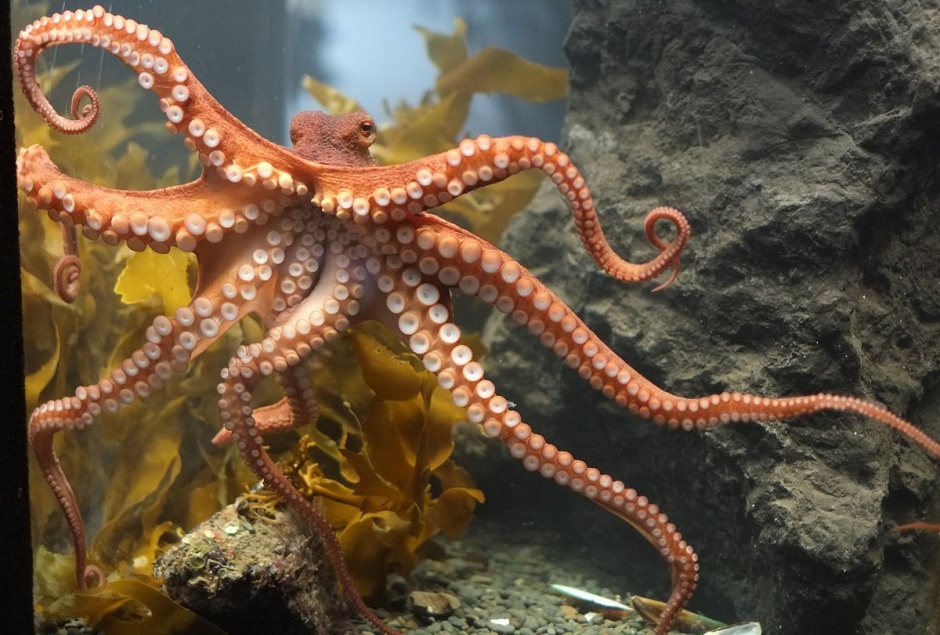
Led by Dr Sina Sareh, academic leader in Robotics at the Royal College of Art, the project has built a biologically inspired soft artificial sucker that acts as a robotic anchoring module.
The overall aim is for the sensorised mechanism, described in Journal of the Royal Society Interface, to be integrated into robots, including drones, to enhance mobility, remain on location, or manipulate objects.
The natural world contains many aquatic creatures that can attach themselves to objects, but the octopus has been singled out for its ability to attach to a wider range of objects and surfaces in its environment with varying degrees of force.
“It can attach to something very delicate, like octopus egg capsules,” said Dr Sareh. “It can grab them, it can manipulate them and change their position without damaging because it has a soft interface for gripping.
“At the same time it can stiffen and attach to rocks, for example, to stand against a storm surge and waves…so this is completely diverse functionality in one system.”
The research builds on a greater understanding of the acetabulum, which is the cup-like upper part of the sucker, and the infundibulum which is the lower part that makes contact with surfaces in an octopus’s grip. The infundibulum is covered in grooves which spread low pressure produced by the acetabular over the whole infundibular surface. This aids suction and helps octopuses hold better onto surfaces.
In order to replicate this effect, the team developed a new stiffness-gradient structure for the anchoring module based on two types of silicone materials; the hard portion is capable of containing vacuum pressure while the soft portion is highly conformable to create a seal to varied contact surfaces.
Dr Sareh explained that a single sensory unit uses a 4-core fibre-optic cable to measure proximity and tactile information seamlessly for use in robot motion planning, as well as measuring the state of firmness of its anchor.
The resulting sensory-physical system - integrating a physical process with sensors and computation to monitor or control the process – consists of a soft artificial infundibulum and acetabulum parts integrated with the sensory unit and a vacuum supply pipe. The pressure was supplied by a vacuum pump via a vacuum regulator with an onboard pressure sensor.
In this configuration, the artificial sucker is capable of reversible attachment (switching between attachment and detachment with an electrical signal, and hence, there is no need for a separate peeling mechanism), quantifying the firmness of the anchor to attach to, and identifying suitable contact surfaces.
To date, an approximately 25mm diameter sucker has been developed by Dr Sareh and co-authors, but he explained that the system is scalable and that smaller artificial suckers will be developed in an array structure in the next stage of research.




Poll: Should the UK’s railways be renationalised?
Correlation does not equal causation! That's a hugely simplified view of things and ignores things like increasing car ownership, increasing commuting...